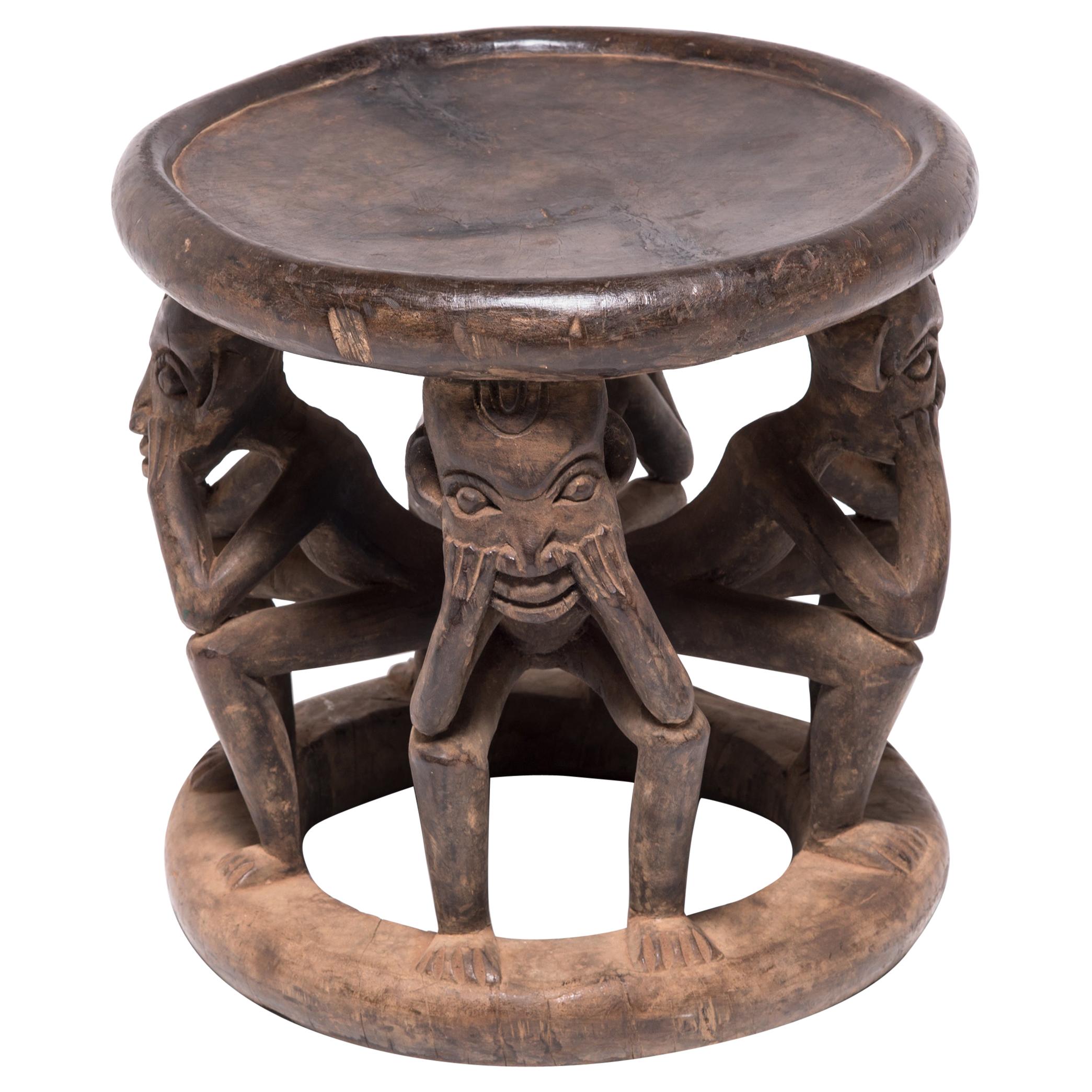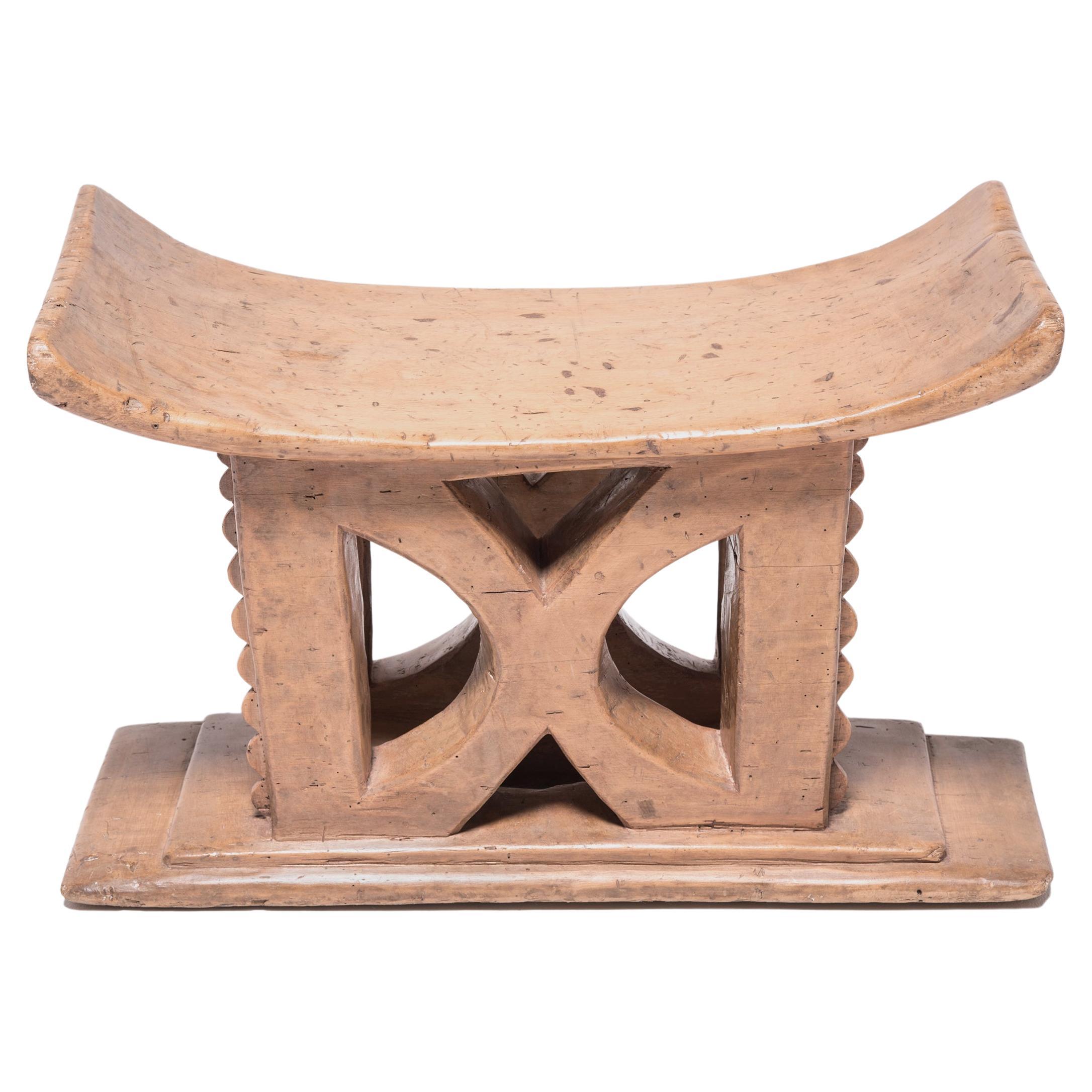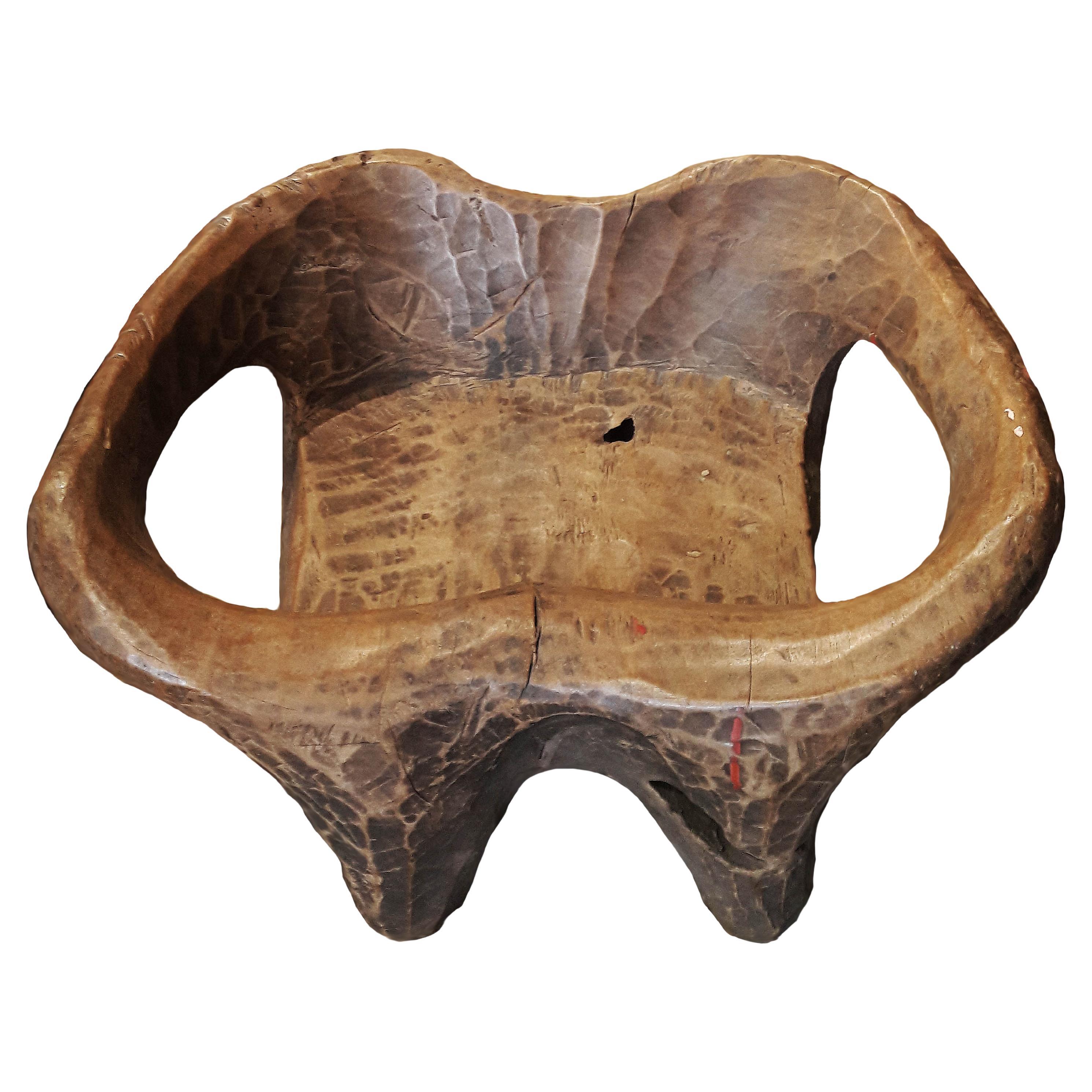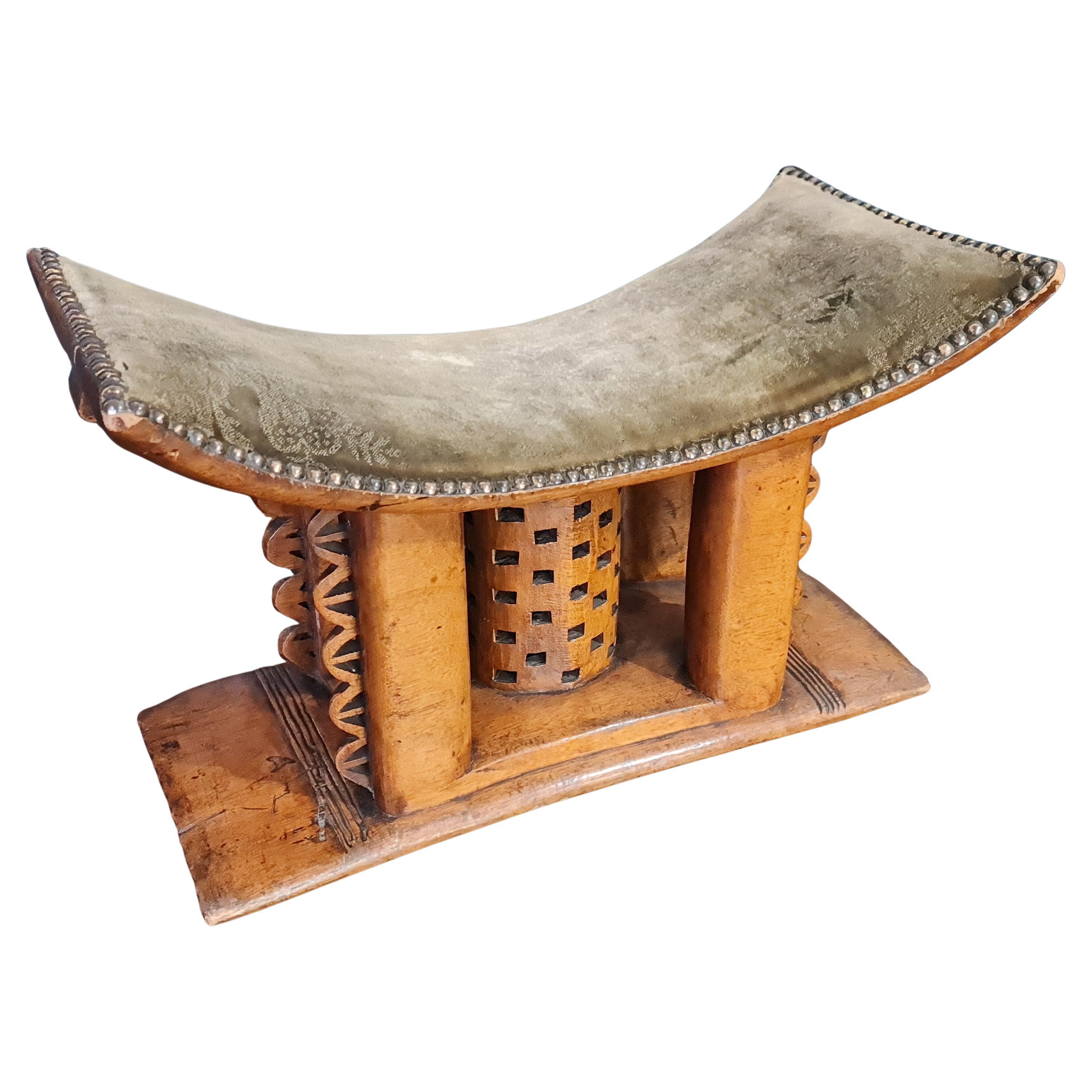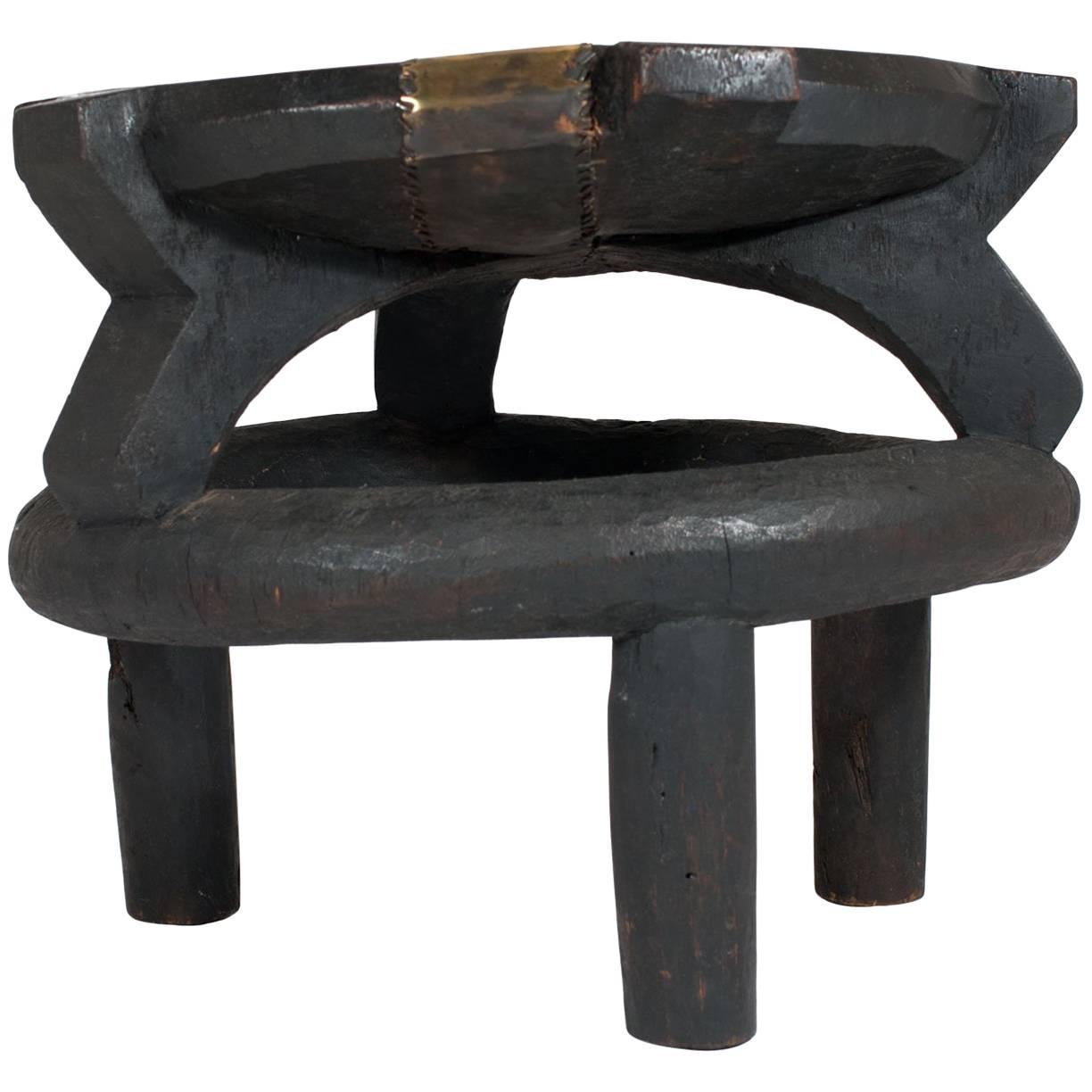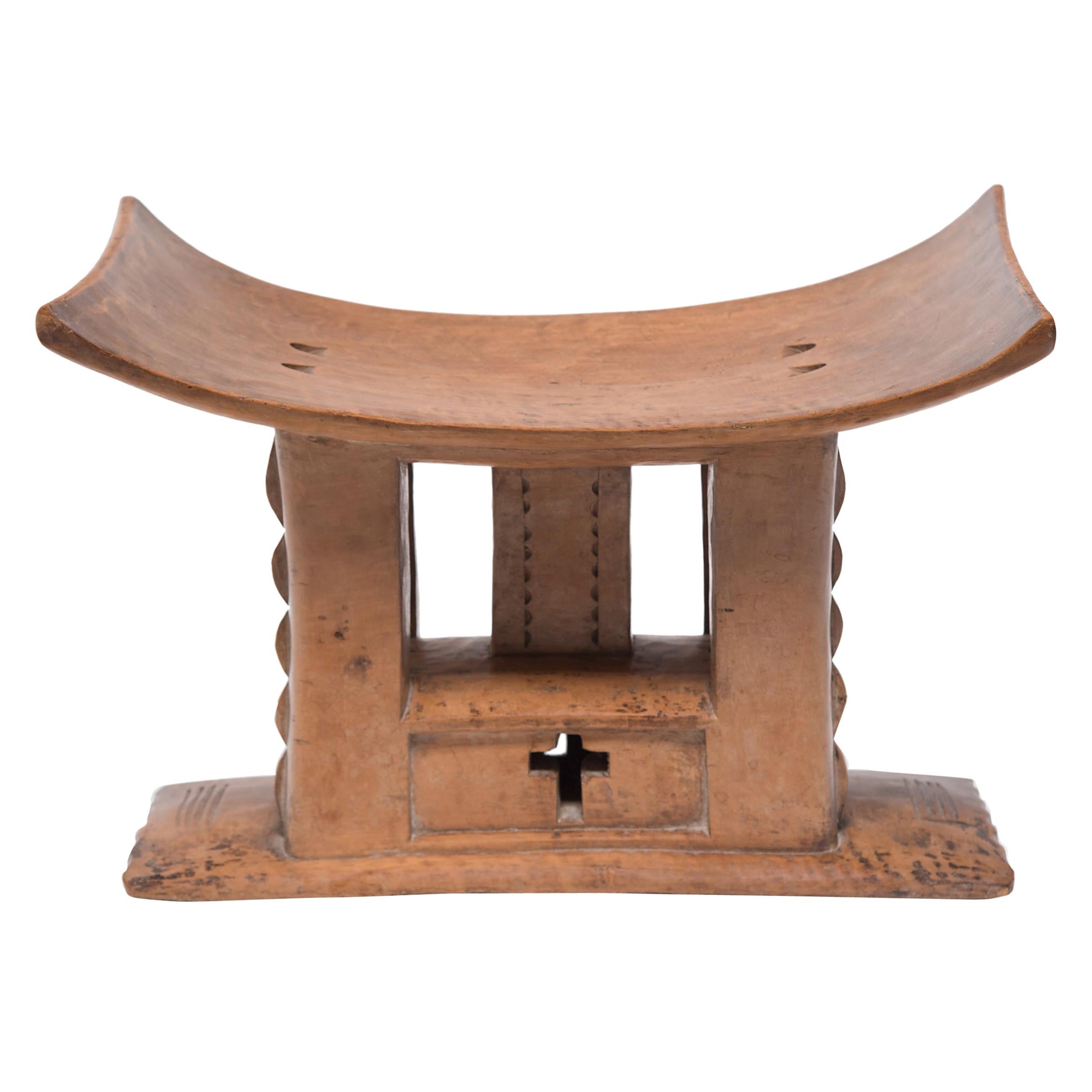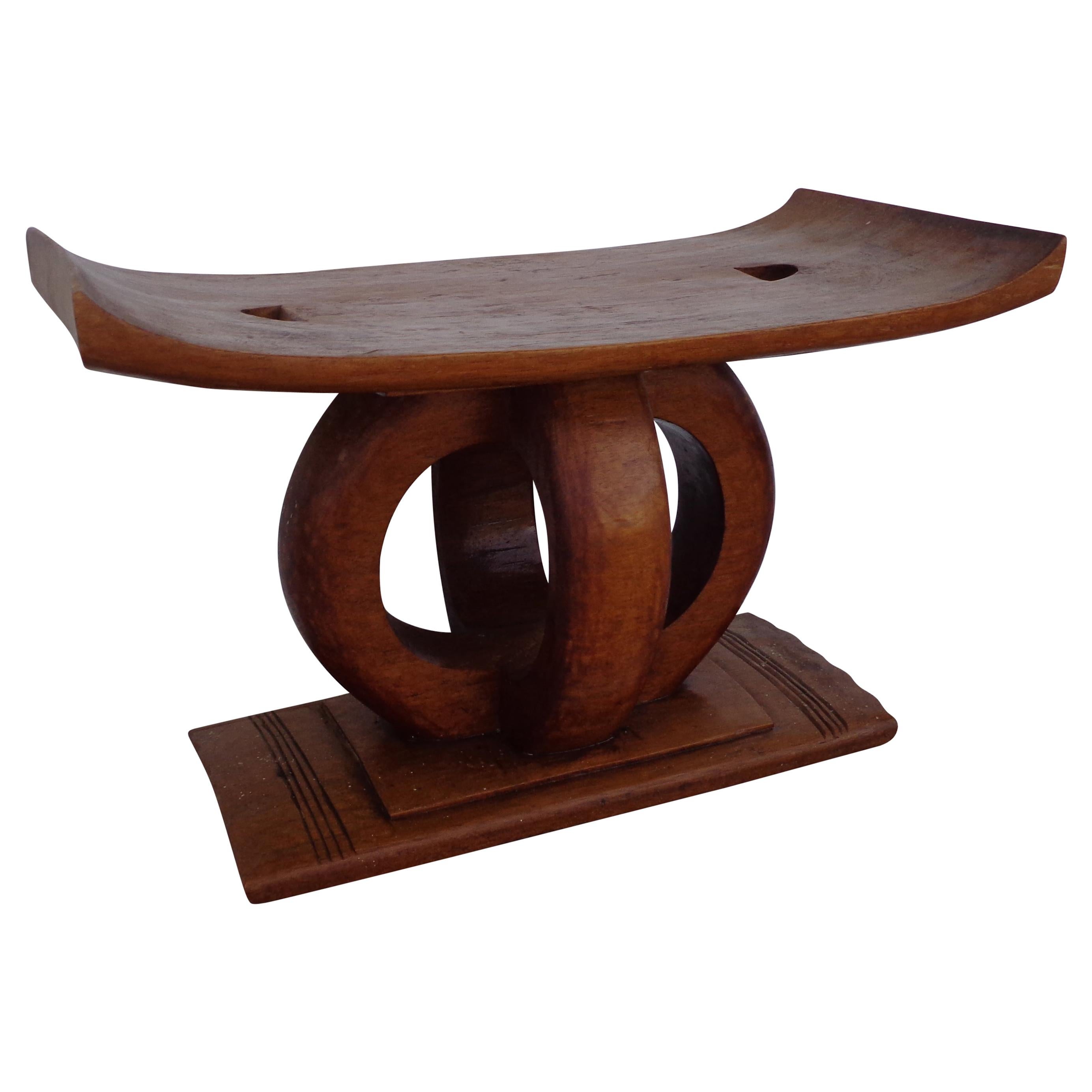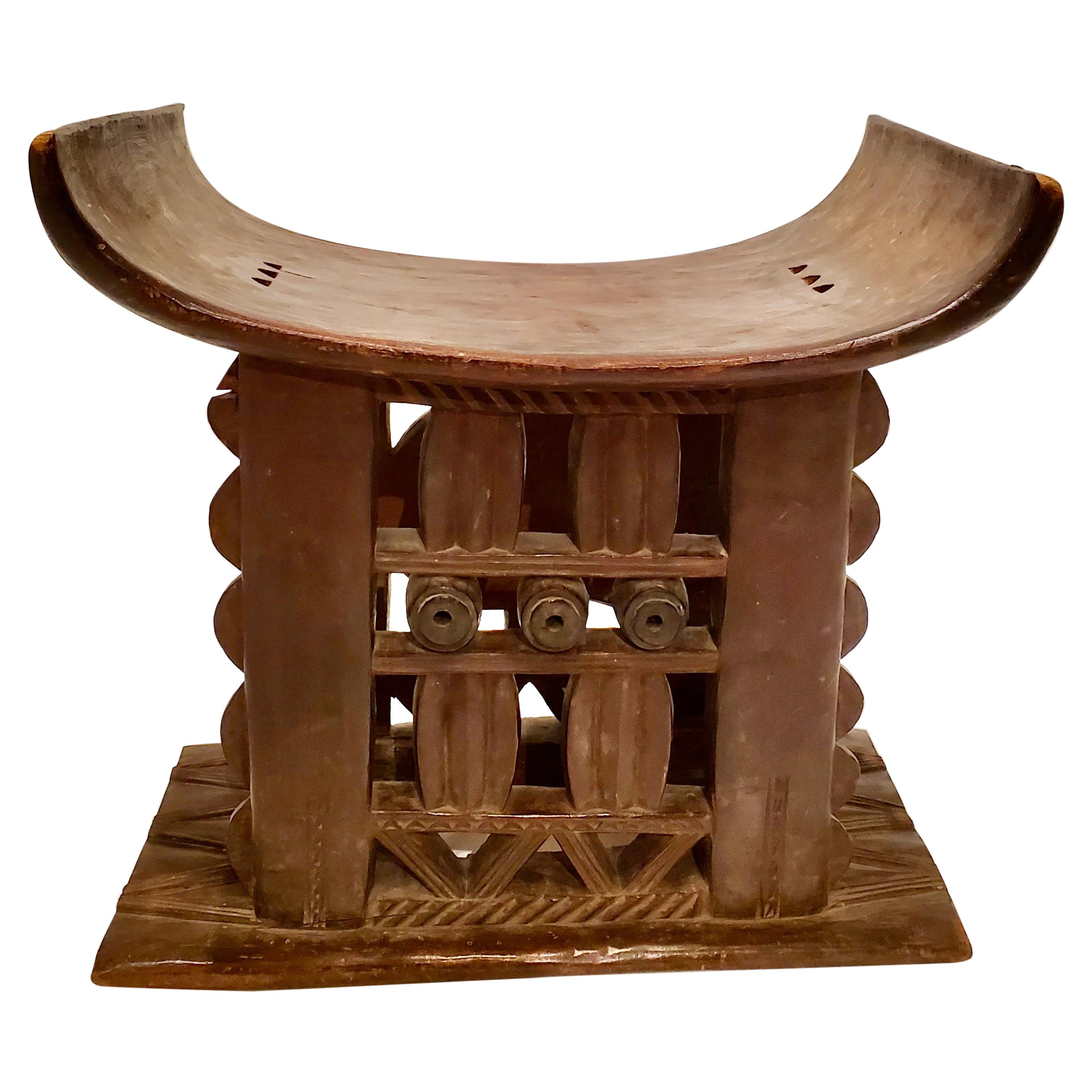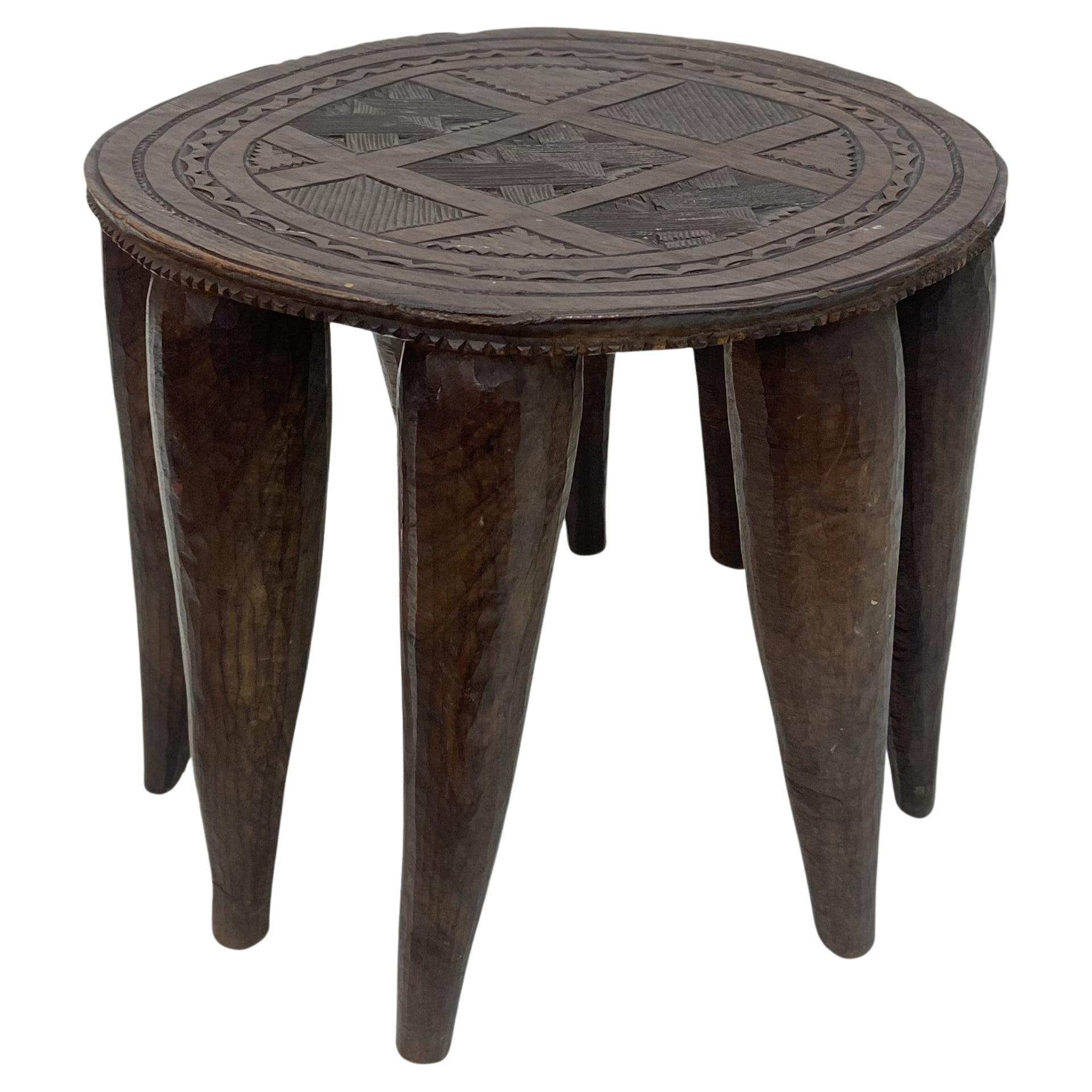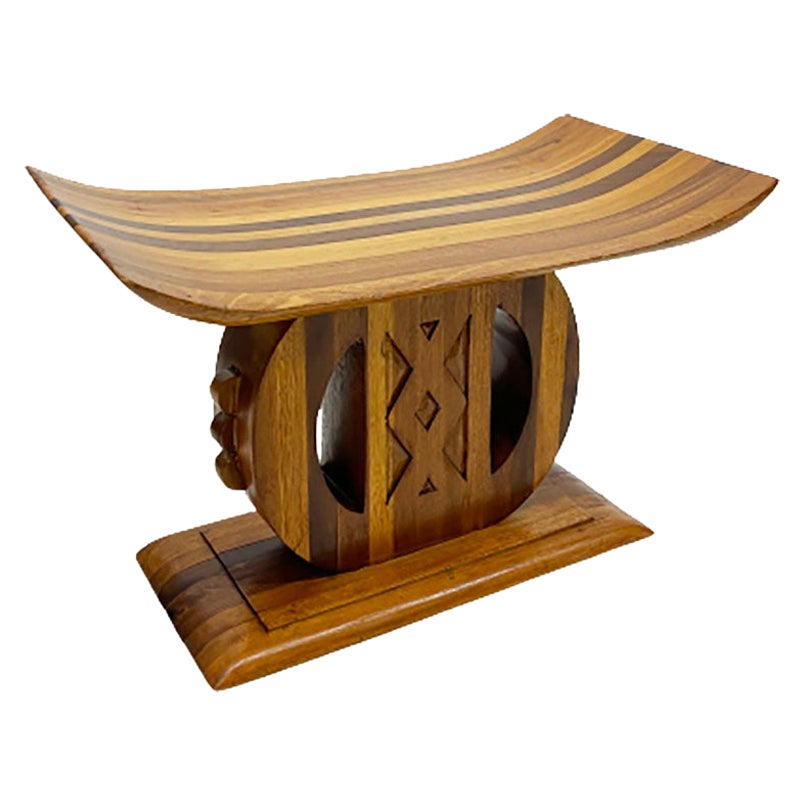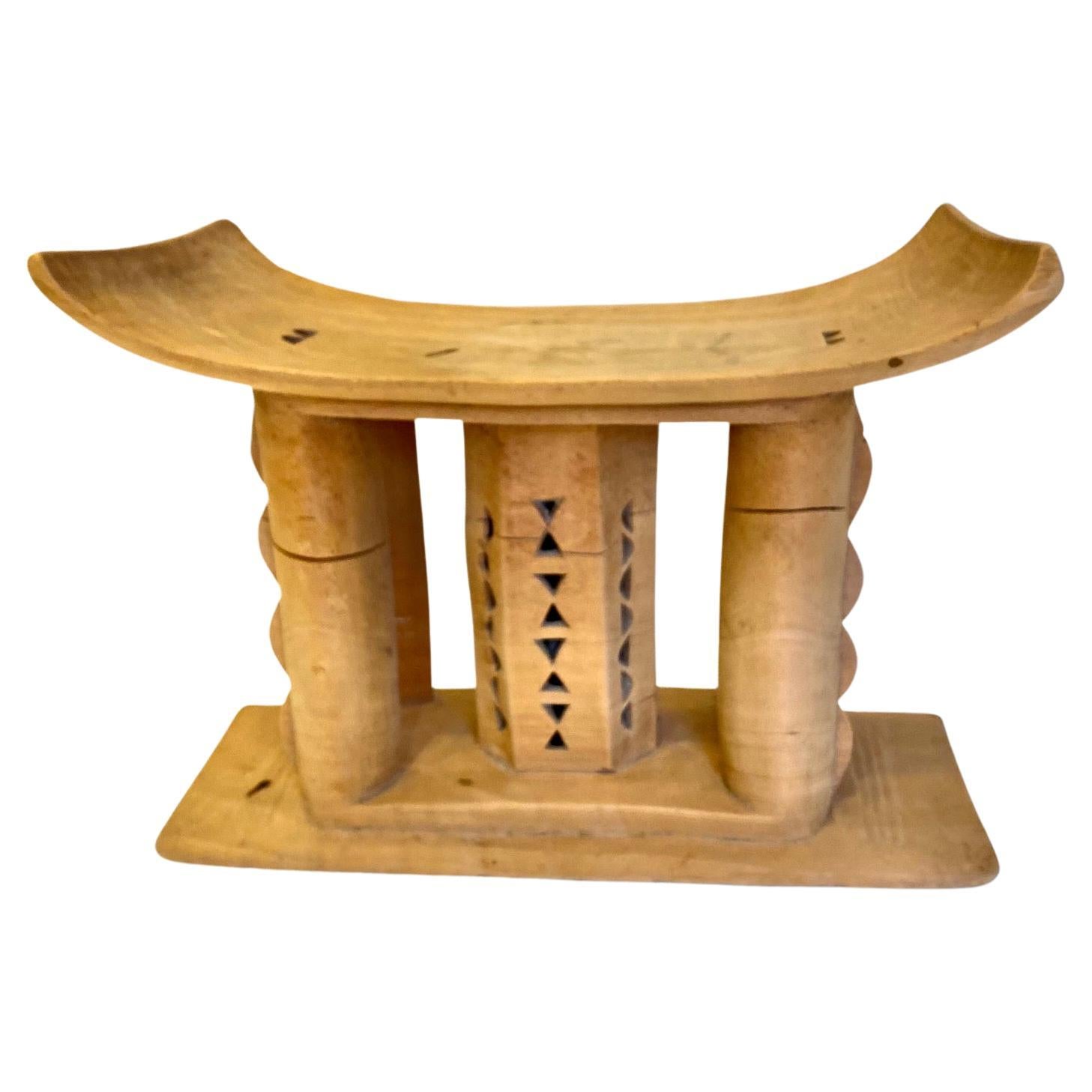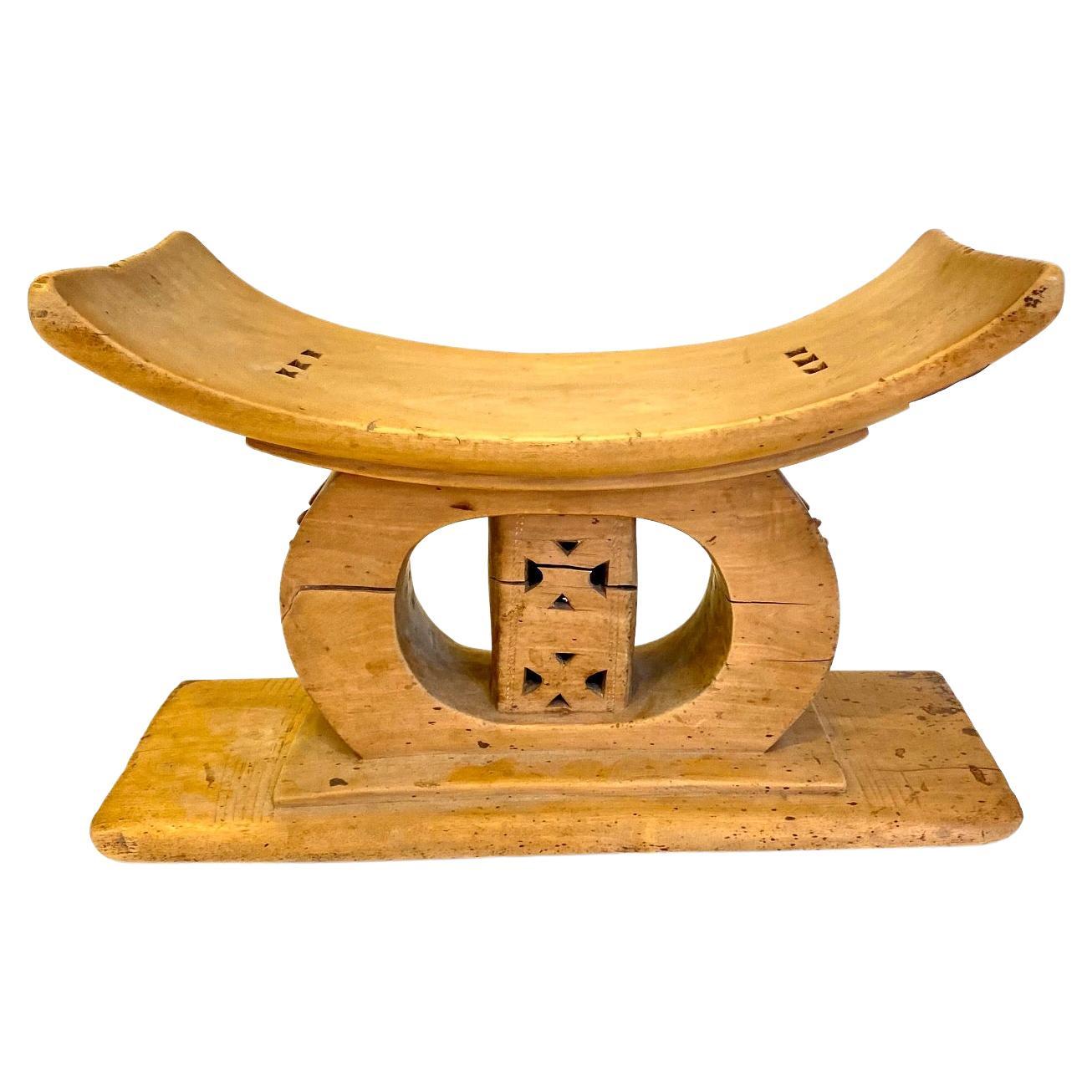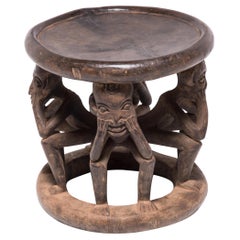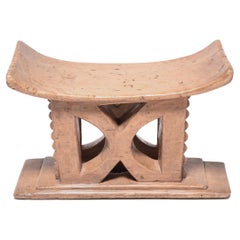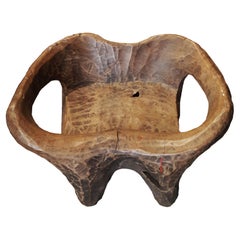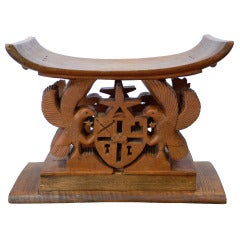
Large Scale Vintage Ashanti Stool
View Similar Items
1 of 2
Large Scale Vintage Ashanti Stool
$2,950List Price
About the Item
- Dimensions:Height: 19.5 in (49.53 cm)Width: 26.5 in (67.31 cm)Depth: 14.75 in (37.47 cm)
- Materials and Techniques:
- Place of Origin:
- Period:
- Date of Manufacture:1950s
- Condition:Wear consistent with age and use. Minor fading.
- Seller Location:Laguna Beach, CA
- Reference Number:1stDibs: LU8537854133
Authenticity Guarantee
In the unlikely event there’s an issue with an item’s authenticity, contact us within 1 year for a full refund. DetailsMoney-Back Guarantee
If your item is not as described, is damaged in transit, or does not arrive, contact us within 7 days for a full refund. Details24-Hour Cancellation
You have a 24-hour grace period in which to reconsider your purchase, with no questions asked.Vetted Professional Sellers
Our world-class sellers must adhere to strict standards for service and quality, maintaining the integrity of our listings.Price-Match Guarantee
If you find that a seller listed the same item for a lower price elsewhere, we’ll match it.Trusted Global Delivery
Our best-in-class carrier network provides specialized shipping options worldwide, including custom delivery.You May Also Like
Bamileke Figurative Round Stool
Located in Chicago, IL
Marked by the telltale Bamileke rounded disc seat and base, this stool features a group of pondering human figures as its vertical supports instead of the more common abstract carvin...
Category
Mid-20th Century Cameroonian Tribal Stools
Materials
Wood
Ashanti Fawohodie Stool
Located in Chicago, IL
Stools indicated power, status, and lines of succession in traditional Ashanti culture. The tiered platform, curved seat, and ridged supports on this object reference the Ashanti Kin...
Category
20th Century Ghanaian Tribal Stools
Materials
Wood
$1,480
Original vintage Ashanti African stool 1920's
Located in Tunbridge Wells, GB
Lovely Ashanti stool with good colour and patina dating to around 1920. These stools were status symbols and wre typically carved out of a single block of wood.
Category
Early 20th Century African Tribal Stools
Materials
Wood
Dayak Mango Wood Stool, Early 20th Century
Located in New York, NY
An Indonesian low stool or seat, hand-carved from a single piece of dense and heavy mango wood, circa 1930. Dayak Benuaq tribe, Southeast Sulawesi. Presents age patina throughout.
...
Category
Vintage 1920s Indonesian Tribal Stools
Materials
Wood
$459 Sale Price
30% Off
Antique Tribal West African Stool Chair with Brass Patch
Located in New York, NY
This hand-carved wooden stool was made in Tanzania by hand with native repair. The patch was added from hand-hammered brass. This piece has great energy and patina, giving it a cool ...
Category
Late 20th Century Tanzanian Tribal Tribal Art
Materials
Wood
Geometric Ashanti African Stool
Located in Chicago, IL
An indicator of status and family, stools play an integral role in traditional Ashanti culture. Believed to be the resting place for a person's soul, a stool is given to a child when they first learn to crawl and used in personal milestones throughout the rest of their life.
Carved from a solid block of wood, each stool has a rectangular base and a distinctive curved seat supported by a central column and four corner posts. While some ceremonial stools are carved to convey particular proverbs, this stool is simply decorated with scalloped edges, geometric patterns, and a small cross. The combination of shapes and curved lines makes this Ashanti stool...
Category
Early 20th Century Ghanaian Tribal Stools
Materials
Wood
